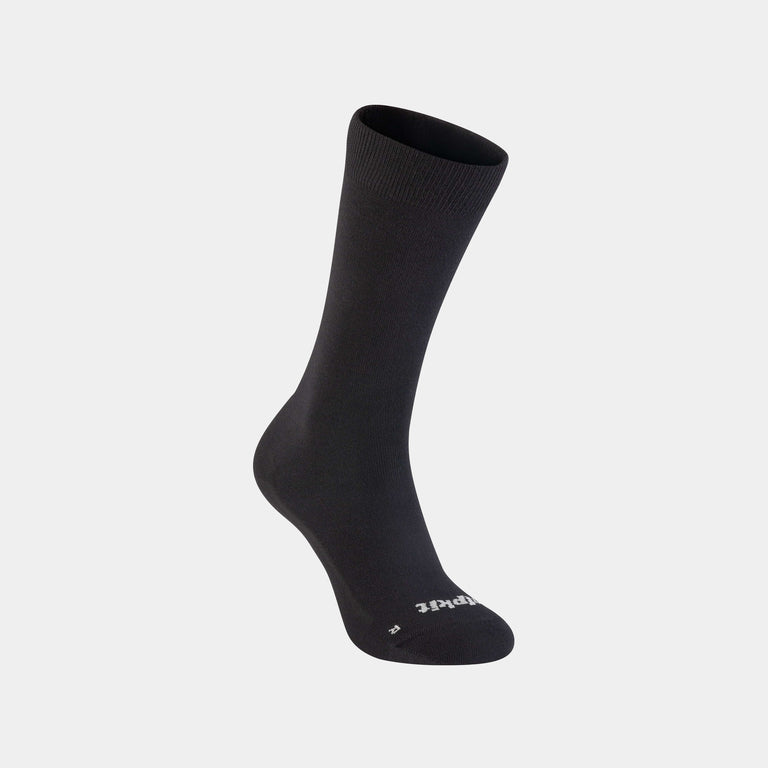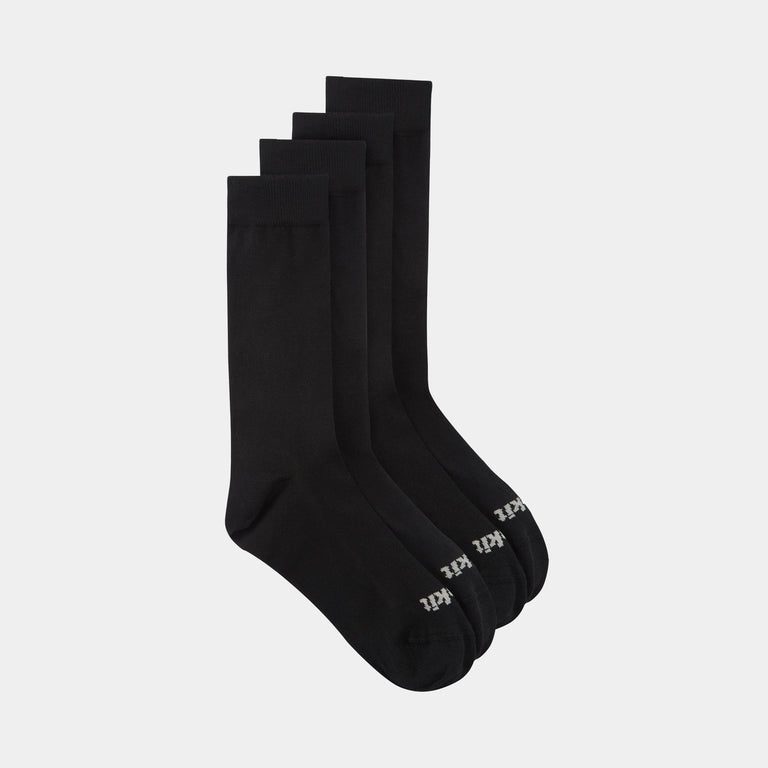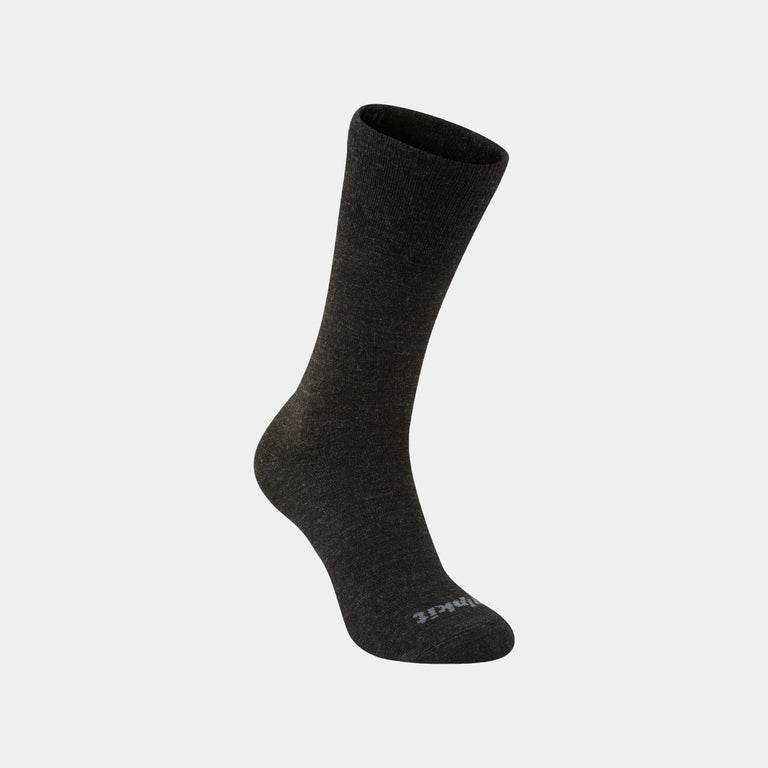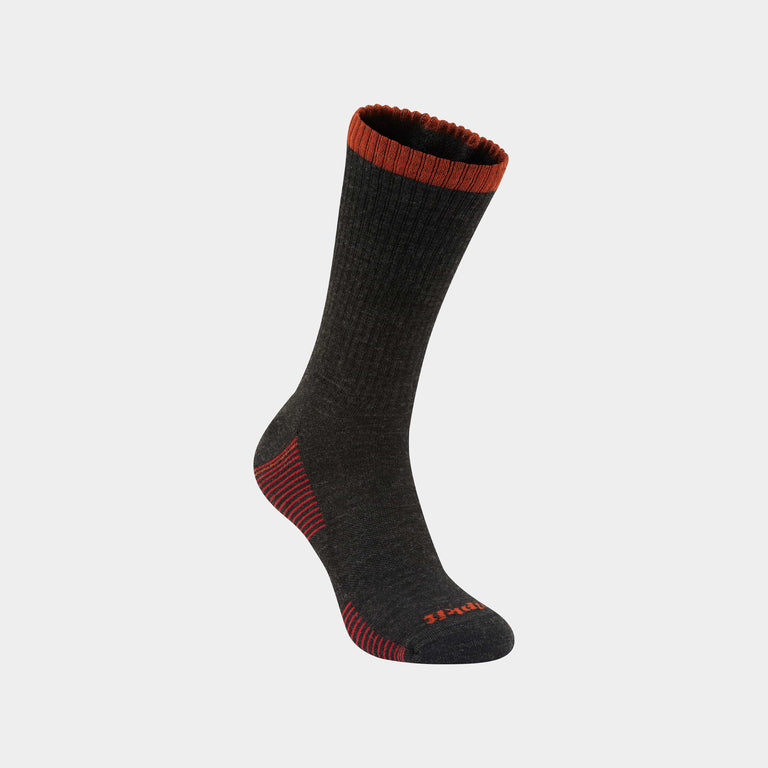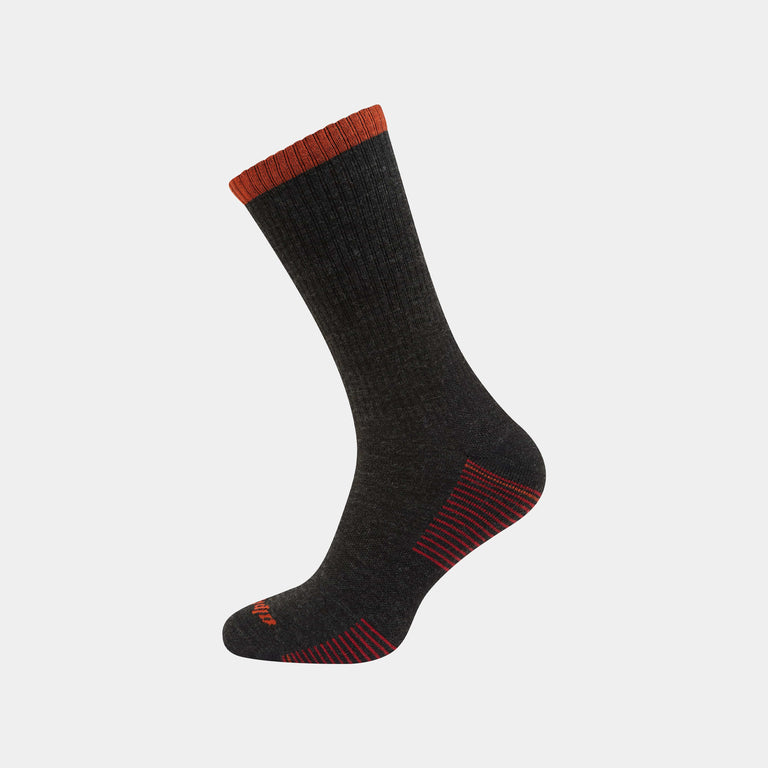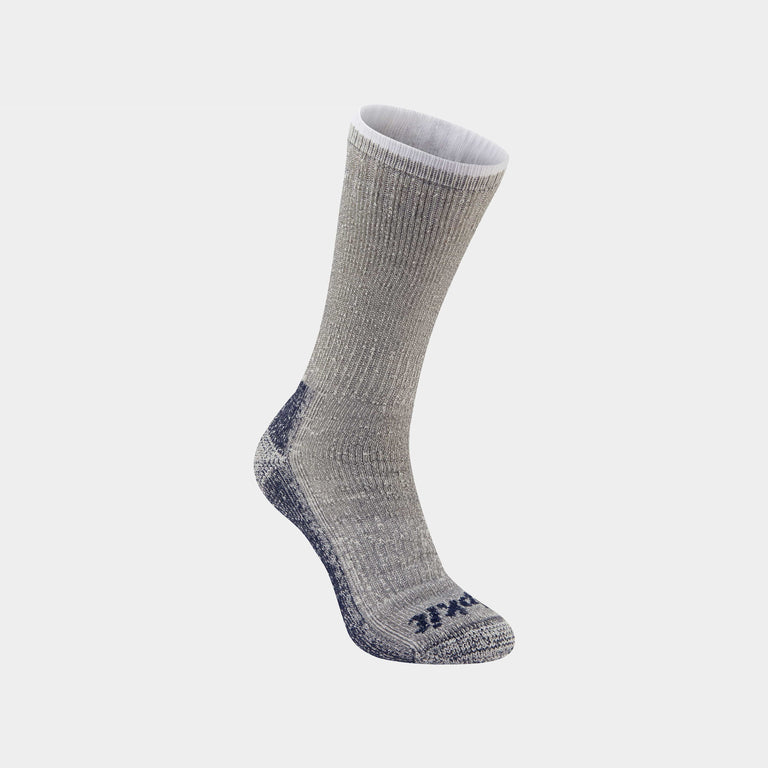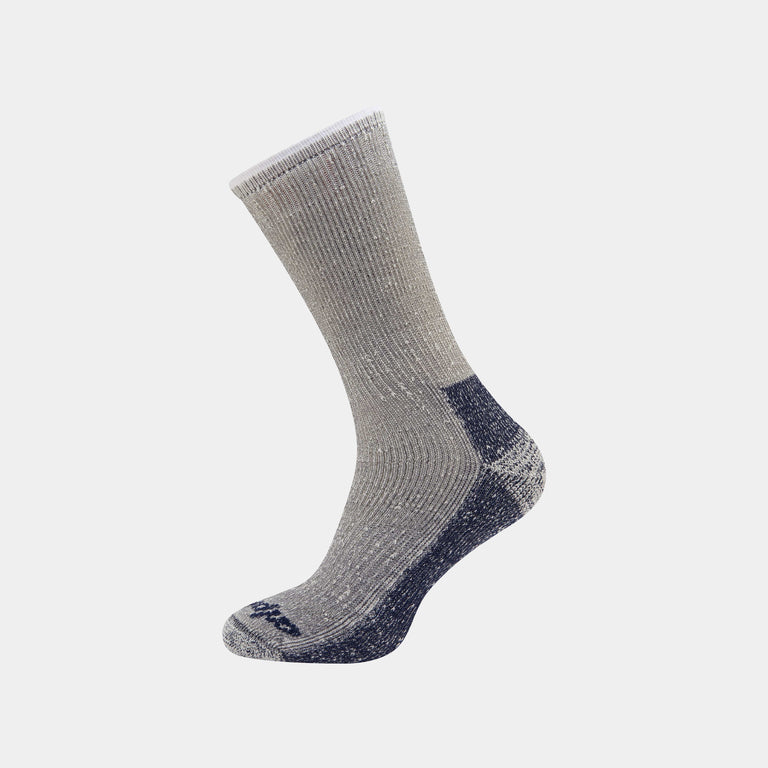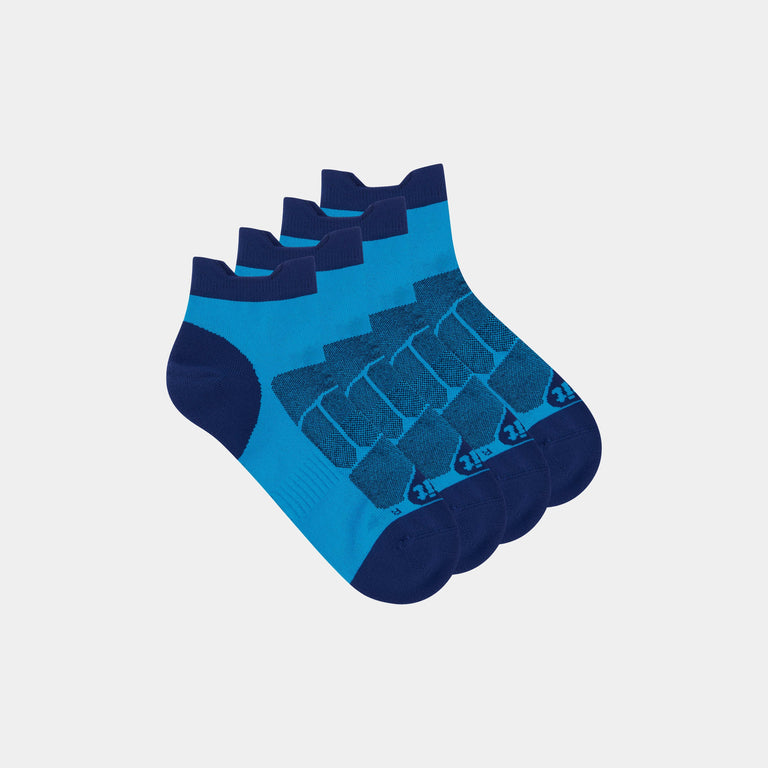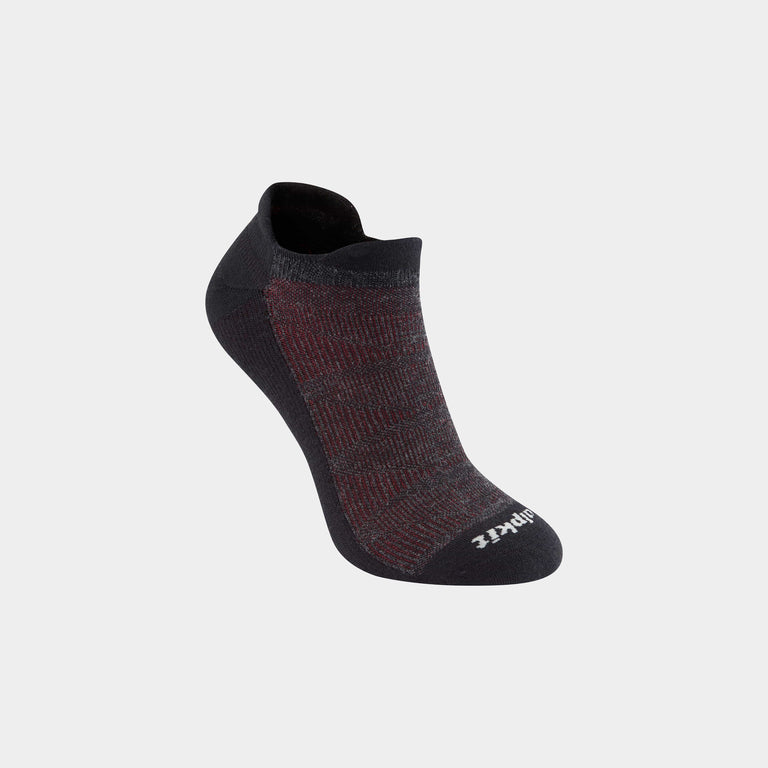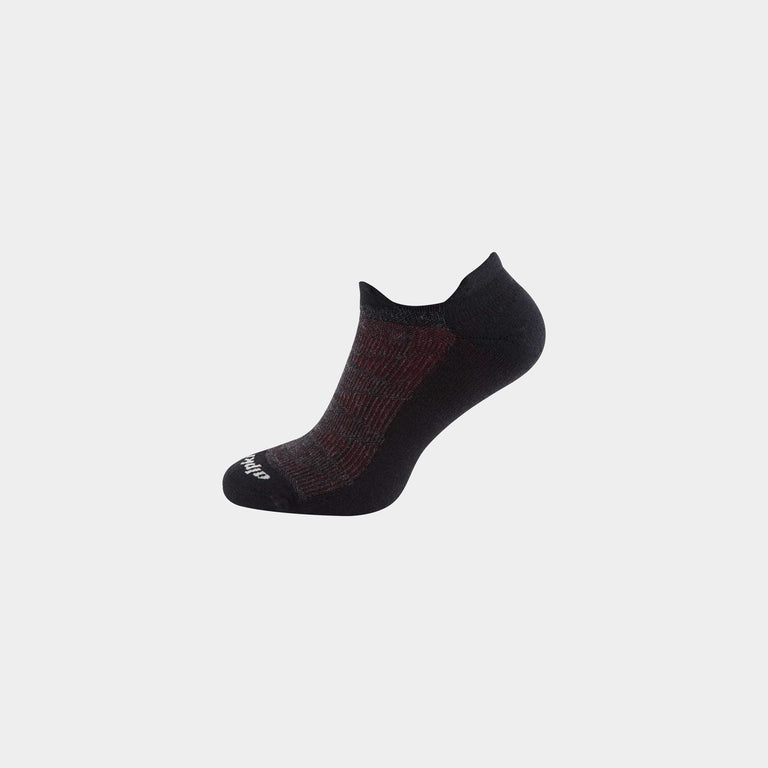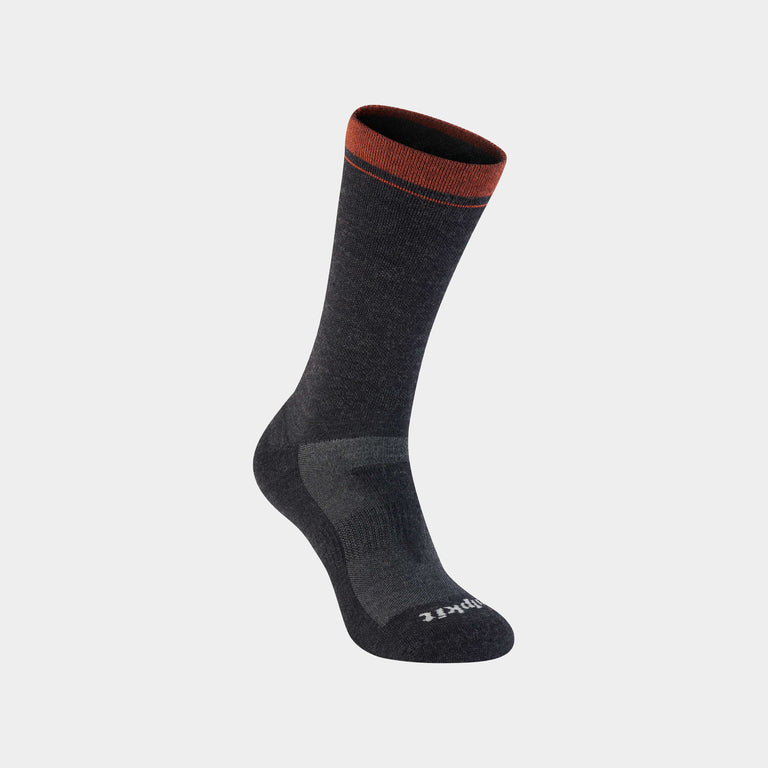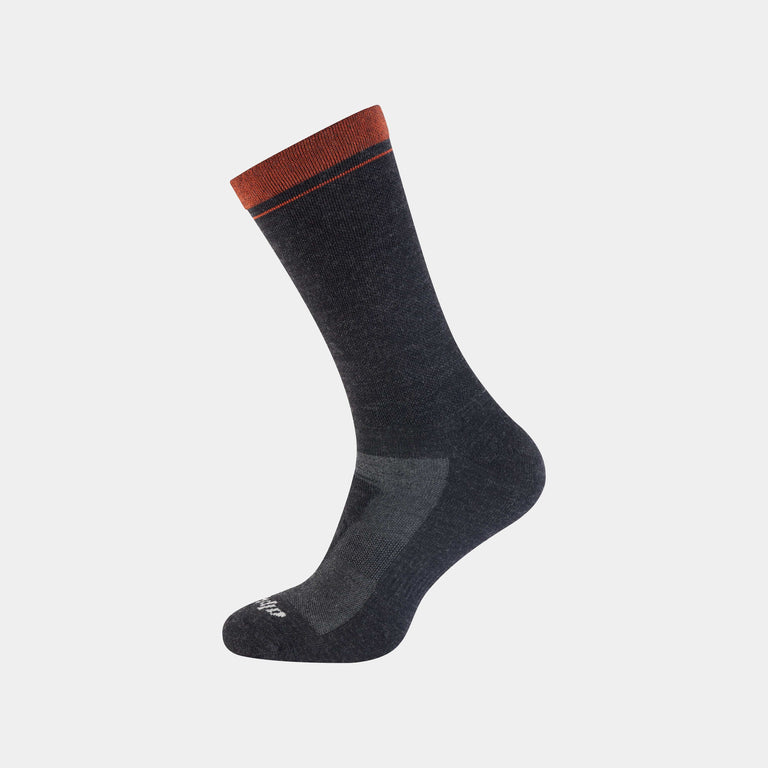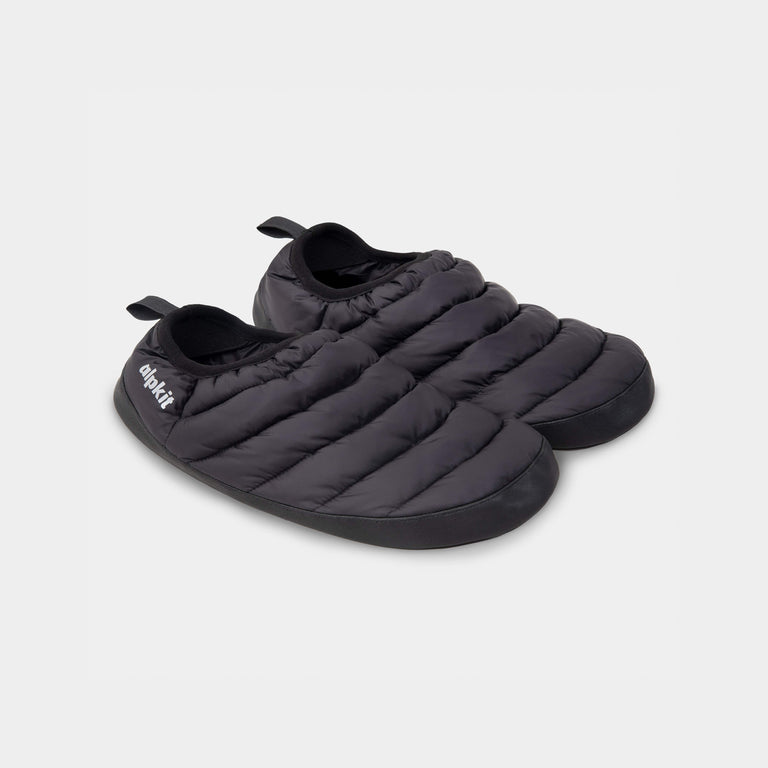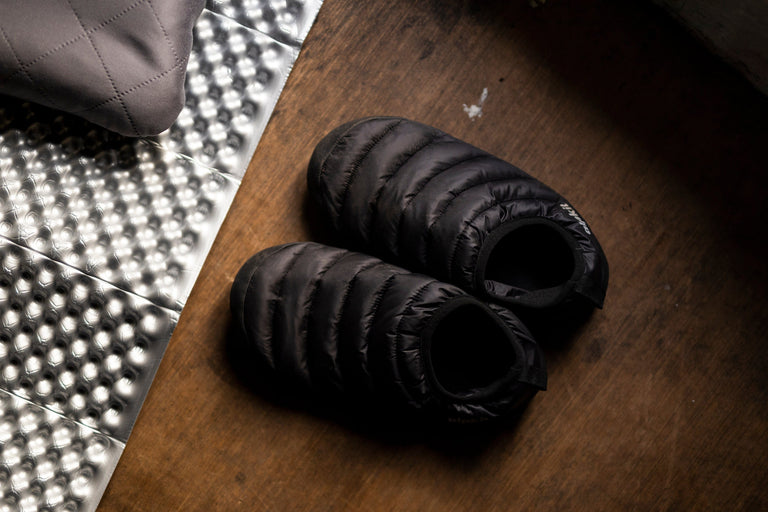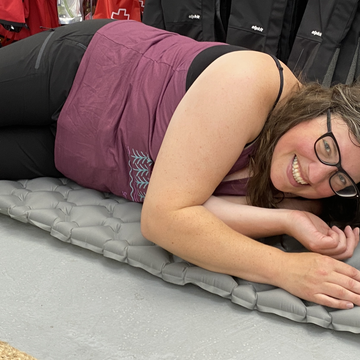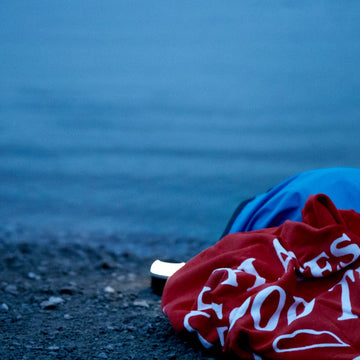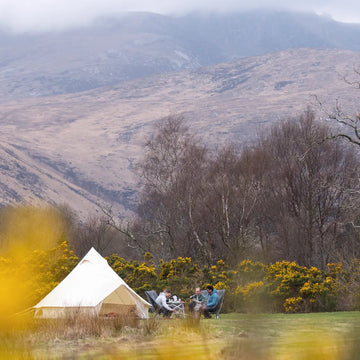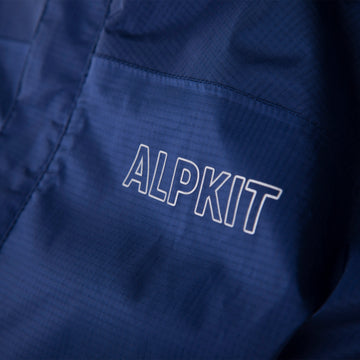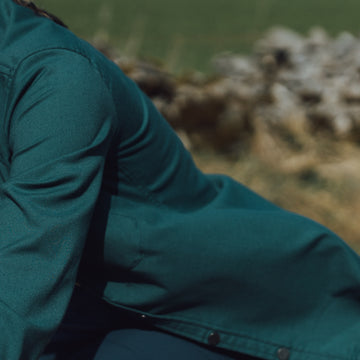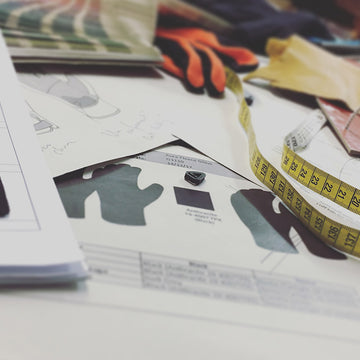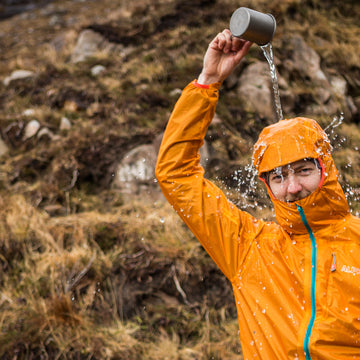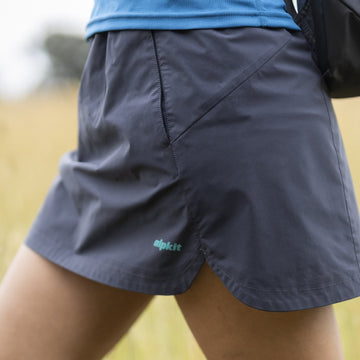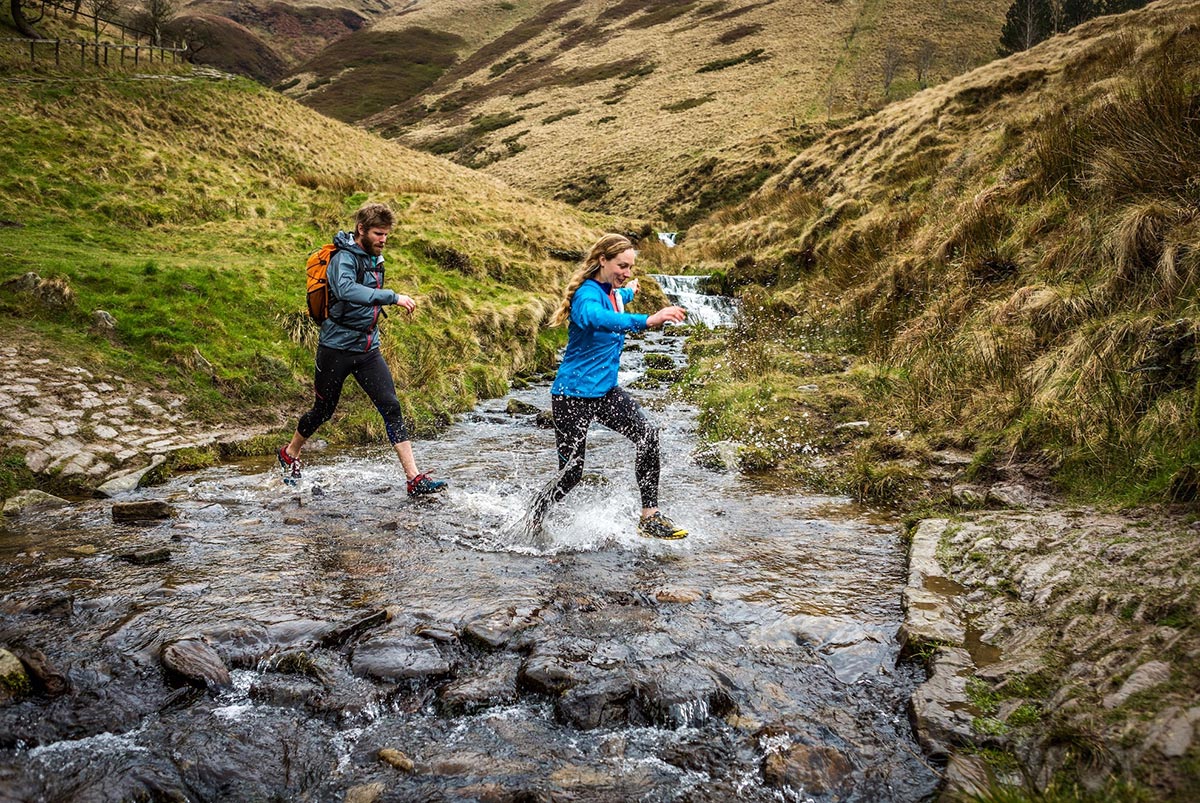
Technologies such as Polygiene which use the antimicrobial properties of silver to reduce the growth of those pesky microorganisms
Water consumption in the production of clothing can be astronomical – 1000 litres (4 bathtubs) for a cotton t-shirt, 7000 litres (26 bathtubs) for apair of jeans and 12,000 litres (45 bathtubs) for a pair ofleather shoes. To put this in context, the average person drinks just over a 1000 l of water a year (neat or in other drinks).
Initiatives from manufacturers and researchers alike are working to find reductions in water usage, solutions such as speeding up dying processes, reusing waste water from production processes or using chemicals such as ozone orCO2 to produce finishing effects instead of water.
But we have loads of water, right?
Sort of.
-
97% of the Earth’s water supply is saltwater, and therefore not suitable for drinking, crop irrigation or many industrial uses.
-
2% of the freshwater is not readily available – it is locked up in ice caps, the atmosphere, soil moisture, swamps and so on.
-
This leaves us with 1% available to support the majority of species, including many aquatic species, and for all our industrial uses, too.
And this 1% is not enough.

In the UK (you know- where it rains an awful lot), London and the South East are already facing water scarcity for a quarter of the year. In climes like the UK, we may just get by for now, but in cotton-growing countries there are already real shortages – think of the vanishing Aral Sea (highlighted in the Oct ‘18 BBC Documentary) where the production of cotton has depleted the water level to next to nothing in less than 20 years. Today, many people already live in areas where water consumption is double the amount that is replenished by rainwater each year.
Water is becoming an increasingly precious commodity.

So what do we do?
So, whilst the manufacturing end looks to reduce its contribution to water consumption, those of us who wear clothes need to look at our laundering habits. Currently,54% of a garment’s water usage comes down to laundering at home.
The average washing machine will use approximately50 l of water per wash and most families use it 3 times per week - that’s 8000 l of water consumed each year! In countries, such as the US, where top-loading machines are still the norm, this figure is closer to 16,000 l per year.
This is really simple. We just need to wash our clothes less. Easy, huh?
Wash your clothes less
But yet, if I tell you not to wash your socks and underwear for a few weeks, or months, I can bet that you (or your friends / partner / colleagues) won’t be able to see it through.
For the majority of us, the impact of social influence and our perception of what is appropriate hygiene is enough to make us cringe at the thought -we don’t want to be seen as dirty and smelly. In fact, it makes me cringe at the mere suggestion!
Challenging this behaviour is no mean feat. Until we are more disgusted by someone damaging the environment by laundering too frequently than we are by their smelly socks, we have a hard row to hoe.

Design to the Rescue
But do not fear! Designers have a few tricks up their sleeve to help you out.
We often think of sweat as making our clothes smell, but in fact, sweat is relatively odourless, it’s bacteria breaking down acids in the sweat which causes the aroma.
Using textile finishes that offer odour resistance or antimicrobial properties mean that your clothes can feel clean and fresh for longer.
To complicate things slightly, there are an array of methods for doing this, including:
The silver solution
This uses technologies such as Polygiene which use the antimicrobial properties of silver to reduce the growth of those pesky microorganisms which cause clothes to smell.
Silver has shown to be highly effective and works against a broad range of bacteria. However, the effectiveness of a silver solution depends on various factors such as how the solution has been made, the fabric it is being used on and in what environments the garment is being used. You don’t need huge quantities of silver for it to perform– in fact, you eat more silver in one oyster than if you were to eat a whole Polygiene treated top (although we don’t recommend doing this).
Part of the effectiveness of any anti-odour solution is due to its propensity to adhere to the fabric. In instances where adhesion is low, there is potential for release which can potentially decrease anti-odour properties and also leach into the environment.
We use Polygiene at Alpkit as one of the solutions which has shown long-term performance with minimal loss of solution from the garment.
Natural solutions
Wool fibres have been proven to have anti-odour properties – one of the reasons we use merino wool in base layers. Research is inconclusive as to whether wool is actually antibacterial, but it is a sustainable, biodegradable(so long as it is untreated), breathable fibre which exhibits anti-odour properties which is great for long days out on the hill. However, wool garments are often mixed with synthetic fibres such as nylon to increase their durability which detracts from their biodegradability.
Wool garments can be refreshed and revitalised simply by hanging it out on your washing line. This reduces odour with zero washing.
Alternative options
There are increasing solutions that are based on various ‘green technologies’ which are based on variety of natural sources; from plants and algae, to crustaceans and volcanic sand. All of these options have proven to be effective anti-odour solutions with varying degrees of research into longevity, environmental effects and performance.
There is no perfect solution – but to make your choice simple, we offer two options:
• Polygiene, reliable, antimicrobial, silver-based – you’ll find this on many of our technical base layers and other synthetic garments.
• merino wool – Soft, sumptuous 100% merino base layers for those that prefer to go all natural with their fibre choice – optimum comfort and warmth with excellent odour control.
Making use of these textile technologies means you can think twice before putting your running top straight in the wash – if it doesn’t smell and it’s not caked in mud, can it be re-worn? Can it be hung up on the line to refresh?
So, tell me, how long can you wear your socks before washing?


